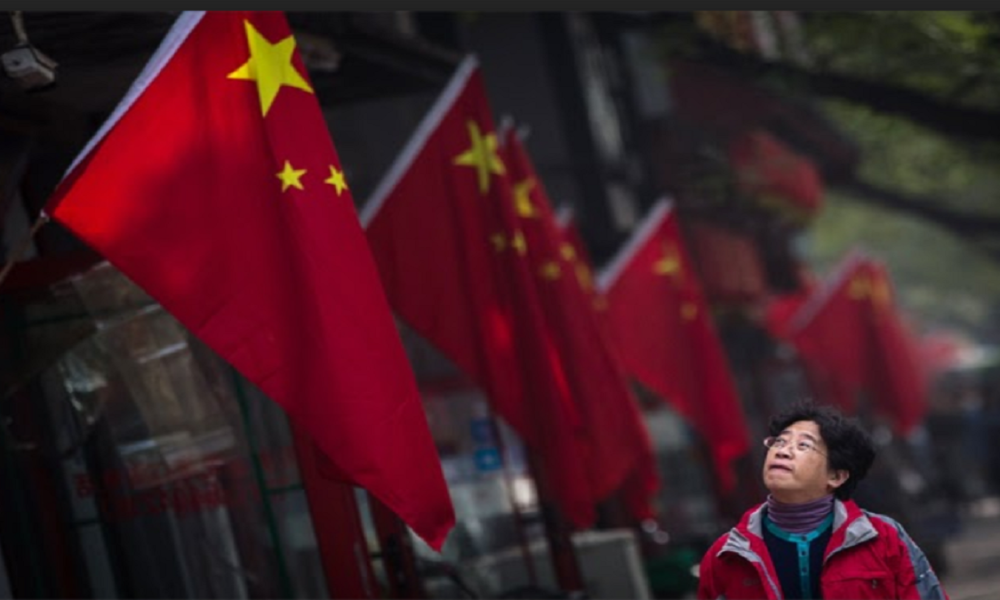In a globalized planet connected by the world wide web, old, communist-style censorship should have been an anachronism. Especially when censorship did not stop Soviet Union from imploding, as economic hardship ate into the sinews of the “socialist republic” and hastened its downfall. At a time when information flows freely, it is difficult to believe that the world’s most populous nation, China, can be made to stay inside a soundproof cocoon, where authentic information neither flows in, nor flows out. Or when it does, it’s generally sanitized or crafted to the extent that it sometimes presents an alternate reality. This sense is deepened if one reads the Chinese analysis of the India-China standoff in Ladakh, where Chinese analysts even in English language newspapers published from Hong Kong—“free” until recently—blithely use terms used universally to describe China. So China, known for its salami-slicing tactics—where it incrementally grabs a neighbouring country’s territory by claiming it to be its own—accuses Indian Prime Minister Narendra Modi of employing the same tactics to grab Chinese territory along the Line of Actual Control. The problem is, China keeps reinforcing this alternate reality, be it by claiming a Bhutanese sanctuary, which was never up for discussion in the China-Bhutan border “dispute”, or by grabbing a Nepalese village—just like that. And there is always spurious history at hand to back up this reality. It is the same formula, used over and over again, wherever and whenever China wants to grab territory. This is of Goebbelsian proportions—”repeat a lie often enough and it becomes the truth”. Worse, it is unsettling that a country of 1.4 billion people is raised on a diet of dubious history, and innumerable small and big lies, the biggest being the Chinese system is the best in the world, for it brings prosperity to its people and makes China a superpower, while democracy is bedlam in motion. This system has been finetuned to give the Chinese people “capitalism”, but not the attendant “freedoms” that the capitalist West and a large part of the rest of the democratic world, including India, enjoy. That the Chinese system is thriving compared to USSR’s, is because it is far superior to and more sophisticated than the Soviet system—to put it simply, Soviet Russia had bread lines, a “prosperous” China does not. But from all accounts, not all is well in communism’s capitalist “heaven”. Growth is slowing, unemployment is rising, the coronavirus numbers are a mystery, and the rest of the world is tiring of China’s perfidy and is starting to act.
The Indian government banning 59 apps is a step in the direction of crippling China’s economy, especially if it has a cascading effect and is followed up by similar actions particularly by the western world. Already, Huawei has been thrown out by Britain. To return to the question of censorship, the Communist regime has blocked The Daily Guardian’s sister publication, The Sunday Guardian’s website from being accessed in China, because of its highly critical content on the functioning of Beijing. But if the economy tumbles, if prosperity starts vanishing—it’s just a matter of time—will the Communist Party of China be able to censor its people? In such a scenario, no amount of censorship, propaganda or lies will work. The foreign media can be censored for reporting the truth, but not the Chinese people, because they are the ones who will live the truth.








